Did you know that many physicians who experience an unexpected adverse outcome or malpractice litigation also experience post-traumatic stress, some even PTSD? The anxiety, hyper-alert state, sleepless nights, flashbacks, and fears associated with a surprising, traumatic experience are not easy to navigate. As we’ve been exploring, though, the disruption that creates those miserable sensations also has the potential to stimulate major growth.
Recently, we’ve talked about post-traumatic growth — what it is and signs that it is present. We’ve looked at trauma’s potential to shatter our assumptions about the world and our place in it. We’ve also talked about some of the places where people begin to find hope in the aftermath. Today, I want us to dip our toes into how people start to put it all together anew by looking at 3 concrete ways of doing that.
1. Connecting
Shame. I know we don’t want to go there, but let’s do it anyway. Let’s talk about shame.
Feeling ashamed of ourselves and our capacity to carry out our craft is one of the most common experiences among physicians facing unexpected adverse patient outcomes and malpractice litigation. I think that’s true for a couple of reasons.
First, it is simply human nature that traumatic experiences often engender shame. This is true for victims of crime or a bad accident, it is true for those who experience abuse or bullying, it is true for those who experience the traumatic loss of a loved one. I suspect that the connection between trauma and shame stems from the fact that traumatic experiences highlight life’s unpredictability and our vulnerability. Trauma reminds us of the limitations on our control over our lives. It knocks the wind out of us. And, for many of us, the sense that we are battered and blown about leaves us feeling powerless and ashamed.
Second, we go into caring for our patient hoping for the very best for them. When that “best” does not materialize -- worse yet, when some sort of unforeseen worst emerges instead -- we wonder if we’ve done something wrong. Sometimes we even wonder if we are what is wrong. That sense that “I am what is wrong here” is shame. Unaddressed, the sense that I am what is wrong has the potential to deeply harm us.
Thankfully, there is a remedy for shame. That remedy is human connection. We need one another after surprising, unforeseen events. We need someone to hear our story without judgment. We need to know we are valued. We need assurance that we are still one of the pack. Connection — whether with colleagues, other co-workers, friends, family, or a therapist — is an irreplaceable element of post-traumatic growth.
2. Reframing
One of the fundamentals of cognitive behavioral theory is this: behind nearly every feeling, there lies a thought. Reshape the thought, the emotion will follow suit.
What does this look like after unexpected patient outcomes and malpractice litigation? Let me give you a concrete example.
Many physicians, and I was absolutely among them, harbor the assumption that the good-enough physician will practice medicine perfectly or nearly so, ensuring optimal outcomes at every pass. And certainly, any ways in which we -- or the crystal ball -- fall short of perfection better be minor and do no harm. That would be all fine and good except for one thing.
It’s not compatible with reality.
For the physician who consciously or subconsciously harbors that assumption, when the patient experiences a terrible, unforeseen outcome, reality shatters in one way or another. One may suddenly feel profoundly not good enough. Or one may suddenly be struck by the uncontrollability of the work and be touched by fear. Or one may feel angry with life and oneself. Or all of the above. That was the path I took.
Only by identifying, carefully questioning, and reframing the original assumption did I find relief. I grappled with the impossibility of ensuring optimal outcomes in every instance in part due to the limitations of scientific knowledge and in part due to the limitations we face by being human. Better aligning my view with reality shifted my emotions as well.
This shift did not come easily, I assure you. I was reluctant to give up my assumption. I deeply want those optimal outcomes for my patients. I love my patients, in fact, and would like to have more control over their outcomes than I actually possess.
In time, though, I came to see that the good-enough physician will be a human physician, and humans will always be perfectly imperfect. It’s who we are. We humans are who our patients need.
3. Taking Action
A third path toward experiencing post-traumatic growth involves taking action in some form or another.
For physicians burdened by feelings of guilt after a medical error, that might look like taking action to minimize the risk of that error recurring. Perhaps quality improvement efforts around a particular flaw in the system. Or perhaps an effort to educate colleagues regarding a given medical condition or procedure.
For those carrying anger related to the stress of a frivolous lawsuit, it might look like political action in the form of lobbying or efforts to inform the public regarding the need for tort reform.
In every case, taking action to improve the world we live in is a powerful source of comfort and growth. We owe it to ourselves and our patients to pursue it.
As I close this series, I want to encourage you to remain open to the potential for growth and healing that is out there for you. None of this comes easily and rarely does it come quickly. Give it time and give yourself compassion, though, and you may find that greater riches come than you could ever have imagined. I wish you healing.
Are you in search of healing after an unexpected outcome or malpractice litigation? Join Dr. Kathy Stepien of the Institute for Physician Wellness and me for our first ever “Healing the Heart of the Healer” Retreat. CLICK HERE for further details regarding this remarkable adventure in one of the most beautiful places in the world.




